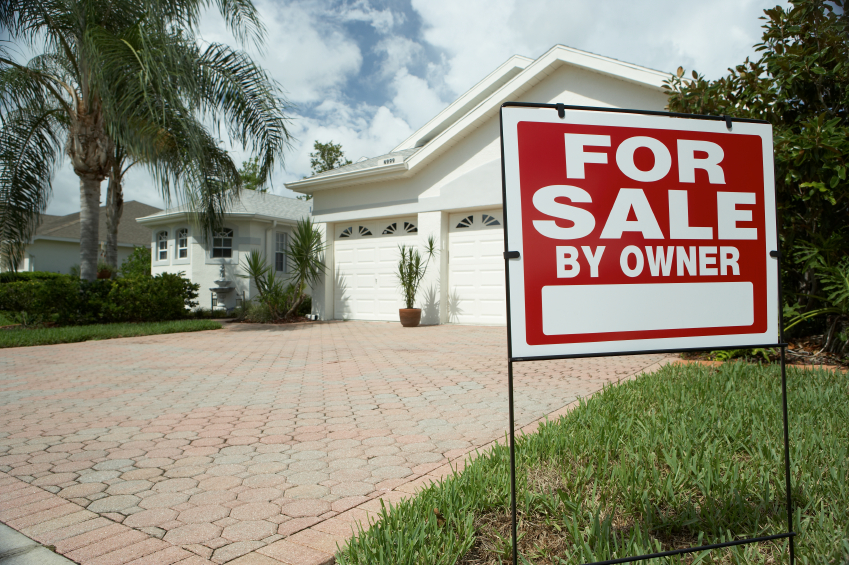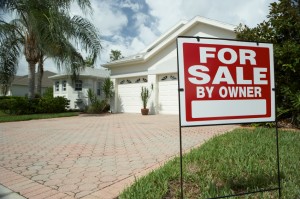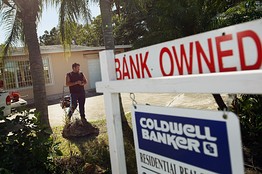
 When the time comes to list your Napa home for sale, it can be tempting to stick one of those “for sale by owner” signs in your lawn and just try to sell it yourself. Daydream visions of trips to Europe, new Lamborghinis and stacks of gold ingots (all bought with the commission fees saved) can crowd out more realistic thoughts.
When the time comes to list your Napa home for sale, it can be tempting to stick one of those “for sale by owner” signs in your lawn and just try to sell it yourself. Daydream visions of trips to Europe, new Lamborghinis and stacks of gold ingots (all bought with the commission fees saved) can crowd out more realistic thoughts.
Images of craven real estate agents, twirling their mustachios as they plot to under-price your home, may compete with more practical notions… such as the actual hassle of learning to deal in a specialized marketplace without specialized tools and resources.
Still, it is tempting. After all, at the local Napa Home Depot “For Sale by Owner” signs cost just $8.99 at any hardware store! And how hard could it be to find out what forms you’re supposed to use to accept a good faith deposit? Or where to put the deposit so it’s in escrow (or whatever they call it)…???
The fact is, about 70% of homeowners who try to sell their homes themselves eventually hire an agent. Some of the others give up altogether — having now established a record of owning a house they didn’t sell.
So it’s probably more practical to forget the Lamborghini, right? Well, maybe not entirely. According to the National Association of Realtors, represented sellers get higher prices for their homes than do owners of comparable homes who eventually complete a sale. Often, the difference in price is more than enough to cover the broker’s fees.
Marketing your home is only part of my job. Things really swing into gear once a prospective buyer makes an offer. That offer includes more than an offering price: it also establishes how the buyer wants to structure the deal and sets forth a timeline. It’s really difficult for a homeowner to evaluate the offer and the possible consequences of each term in the contract. As a result, it is also very difficult for the seller to negotiate the offer to his best advantage. I will make sure you understand the offer and its implications — and keep you from making a costly mistake.
A lot happens between your acceptance of the offer and closing day. The buyer usually orders numerous inspections and, depending on the results, may request repairs. These requests often lead to further negotiations. If the buyer isn’t satisfied, your deal can fall apart. And a deal can collapse over financing and title delays. It’s a stressful, emotional time for the buyer and seller both.
From the moment you sign your listing agreement, I am legally and ethically bound to work in your best interest and to ensure that your sale is as profitable as possible. If you’re considering selling your home, before you decide to just stick one of those Napa Home Depot “For Sale By Owner” signs in your lawn, contact me for a complimentary consultation to see how I can help you succeed!
-Karen Magliocco

